
Germantown Community Theatre’s A Funny Thing Happened on the Way to the Forum presents its audiences with an interesting question to ponder: just how good can a canned ham be?
The material is time-tested and maybe a little shopworn, but the comic foundations remain solid. The cast, if somewhat streamlined, has a good sense for the material, and also the good sense to take ownership of what can be a predictable night full of predictable gags. As Pseudolus, the slave who’ll do anything for his freedom, Wesley Barnes is all ham (in the best way) and although he may never quite rise to the acrobatic heights or sink to the lewd, appetite-driven depths of a true Arlecchino, Barns is a fearless performer, very funny clown, and taken on its own, his energetic performance is a perfectly good reason to recommend the show.
That’s how I feel about a lot of the very funny performances and jokes here, although they collectively add up to something less than the sum of their parts.
“You know, a funny thing happened on the way to [fill in the blank]” is to comedians what rhyming moon with June is to songwriters. And true to form, Forum, Stephen Sondheim, Burt Shevelove, and Larry Gelbart’s 1962 musical comedy, is filled with jokes that were old when the concept of comedy was still relatively young. A loving tribute to historical burlesque the show borrows plot devices from Plautus, the popular Roman author whose plays were essentially an excuse for one naughty joke after the other. Since mating hasn’t changed all that much in the last 2000 years, they’re essentially the same naughty jokes told by the baggy-pants comedians of burlesque who were famous for their lack of originality. After all, in burlesque, the content of the joke itself is relatively unimportant. As with the tease before the strip, it’s all about how you present the material.
Plautus is the spiritual father of Commedia dell’arte, which took stock characters, and stock stories and loaded them up with timely topical references and improvisational gags called lazzis. Attempts to mine this history result in some of the night’s most jarring notes (lazzi of the cell phone), and some of its biggest laughs (lazzi of mourning).
The plot (more or less): Pseudolus, a slave, has been promised his freedom if he can deliver to his master the love of his life, a young virgin who has, much to the slave’s dismay, already been purchased by the pompous war-hero Miles Gloriosus. The rest is a breakneck mishmash of sight gags and mistaken identities, bolstered by 16 of Sondheim’s typically literate tunes.
In addition to Barnes’ admirable go at Pseudolus there are some fine comic turns by Greg Alexander (Senex), Mary Buchignani (Domina), Justin Willingham (Lycus), Brent Davis (Hysterium), and Chad Hoy (Erronius), who manages to make one of the script’s most worn out gags funny again with the sheer force of silliness.
Andy Saunders stylized set depicts an Athens so garishly colorful it just might make your eyeballs bleed. While it’s right on target in so many ways, sometimes it’s best to remove a piece of jewelry before going out. When all of the equally colorful costumes parade across the stage it’s almost too much too for tired eyes.
Alas, unless you’re working with an incredible recording and a state of the art sound system (and even then…) it’s hard to make canned music sound like anything but canned music. And that, ultimately, is what keeps a potentially stellar, and for GCT, a fairly progressive interpretation of this Funny Thing from ever taking us all the way to the Forum.
For ticket information, here you go!





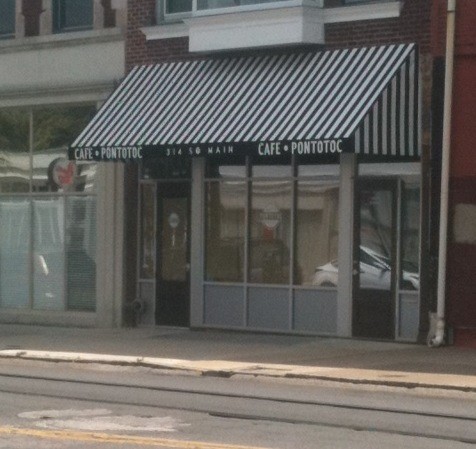


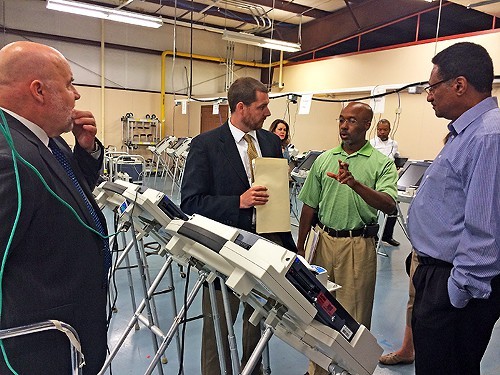
 Justin Fox Burks
Justin Fox Burks 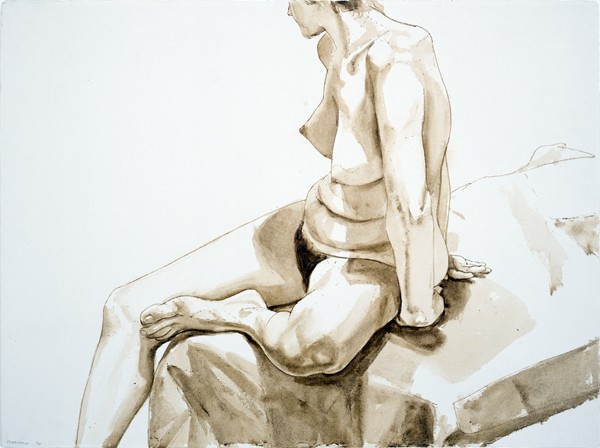 courtesy Philip Pearlstein
courtesy Philip Pearlstein 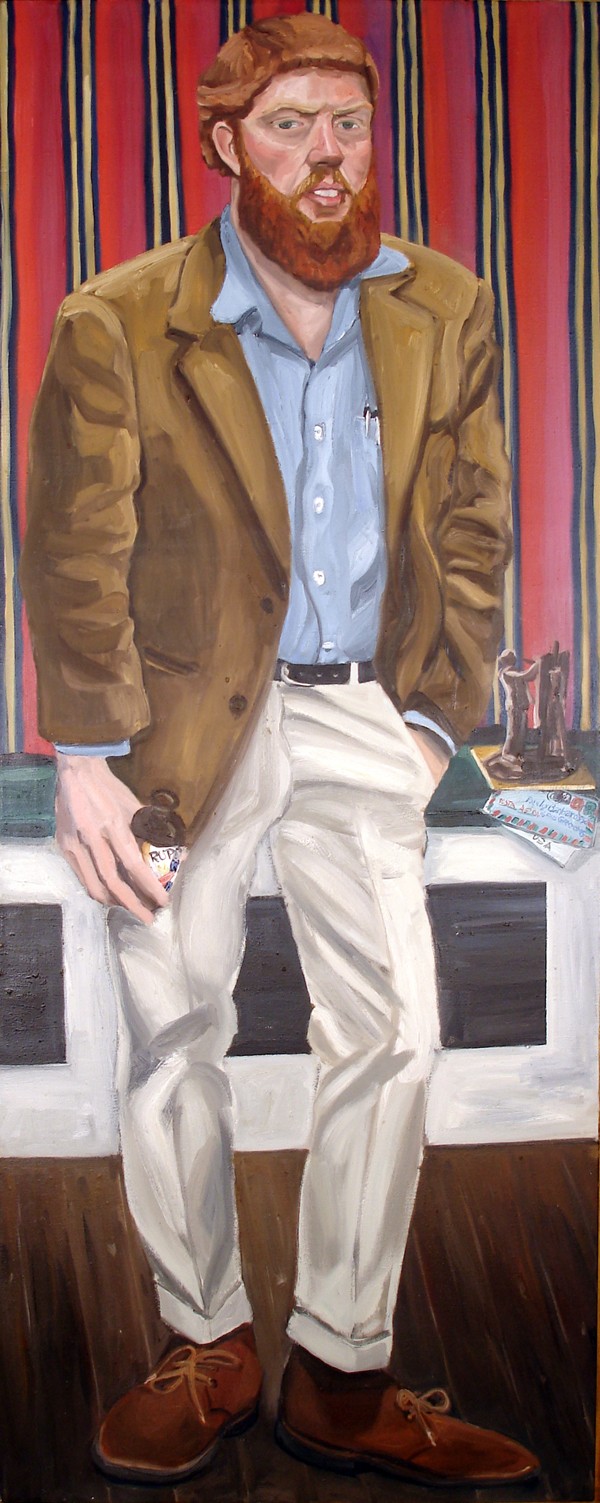 Courtesy Red Grooms / Artists Rights Society (ARS)
Courtesy Red Grooms / Artists Rights Society (ARS)  Courtesy Estate of ted faiers
Courtesy Estate of ted faiers 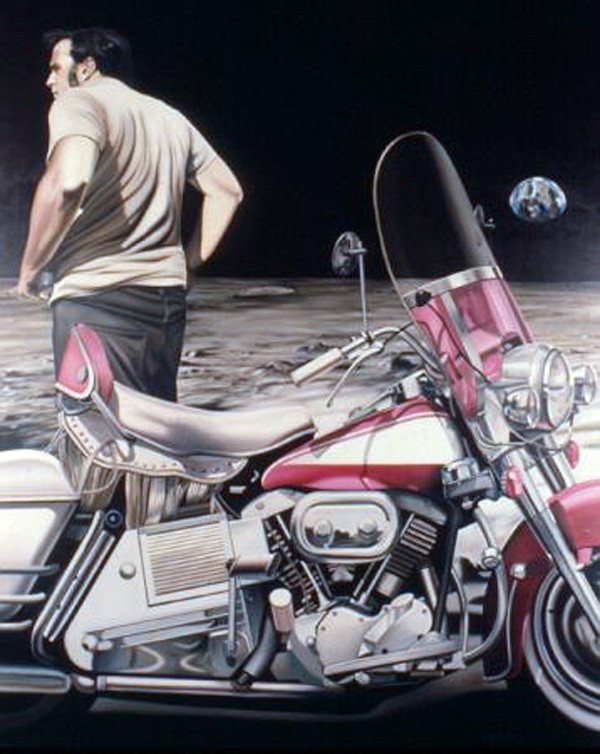 Courtesy David Parrish
Courtesy David Parrish  Courtesy Andy Warhol Foundation for the Visual Arts / Artists Rights Society (ARS), New York
Courtesy Andy Warhol Foundation for the Visual Arts / Artists Rights Society (ARS), New York